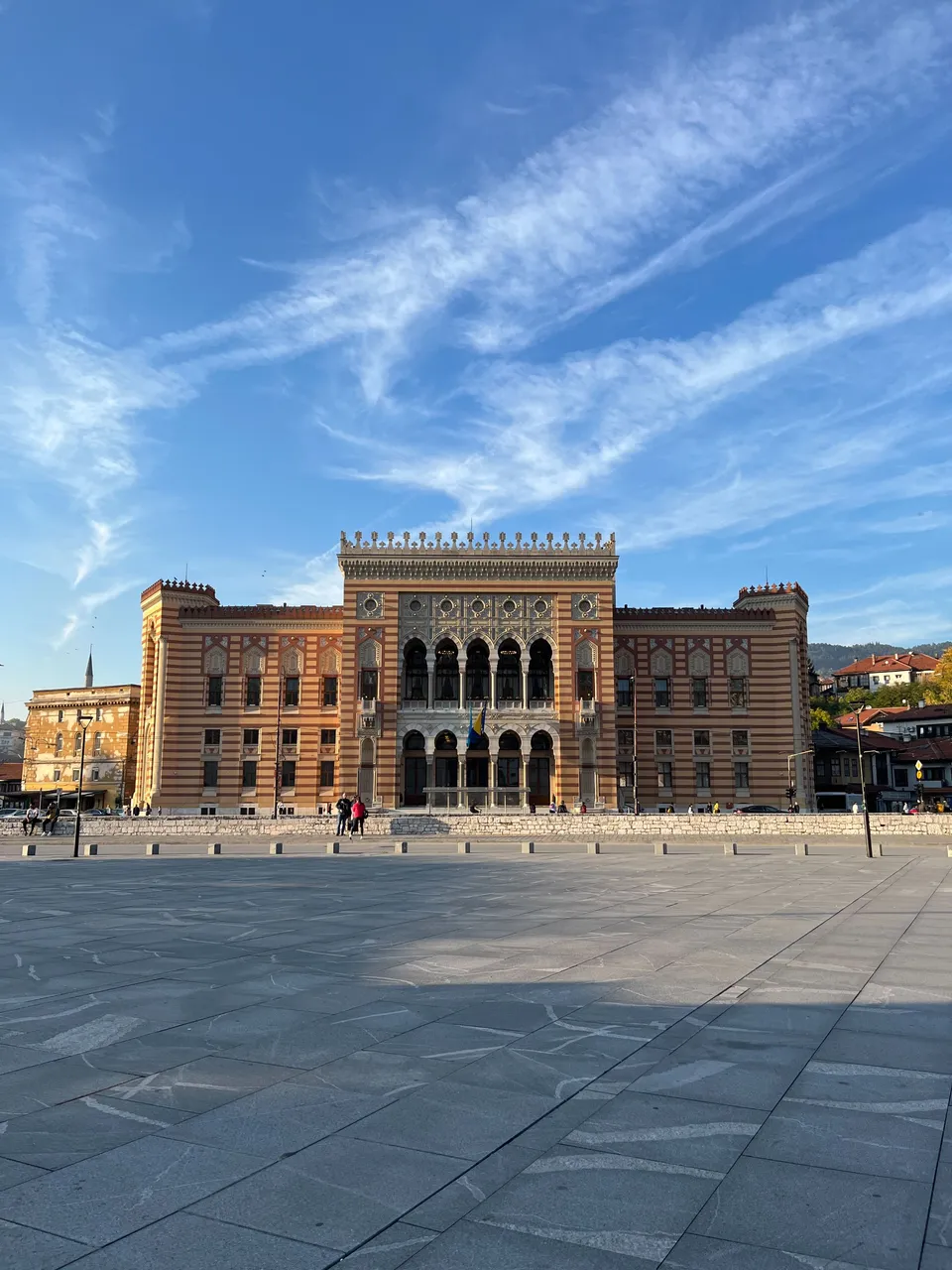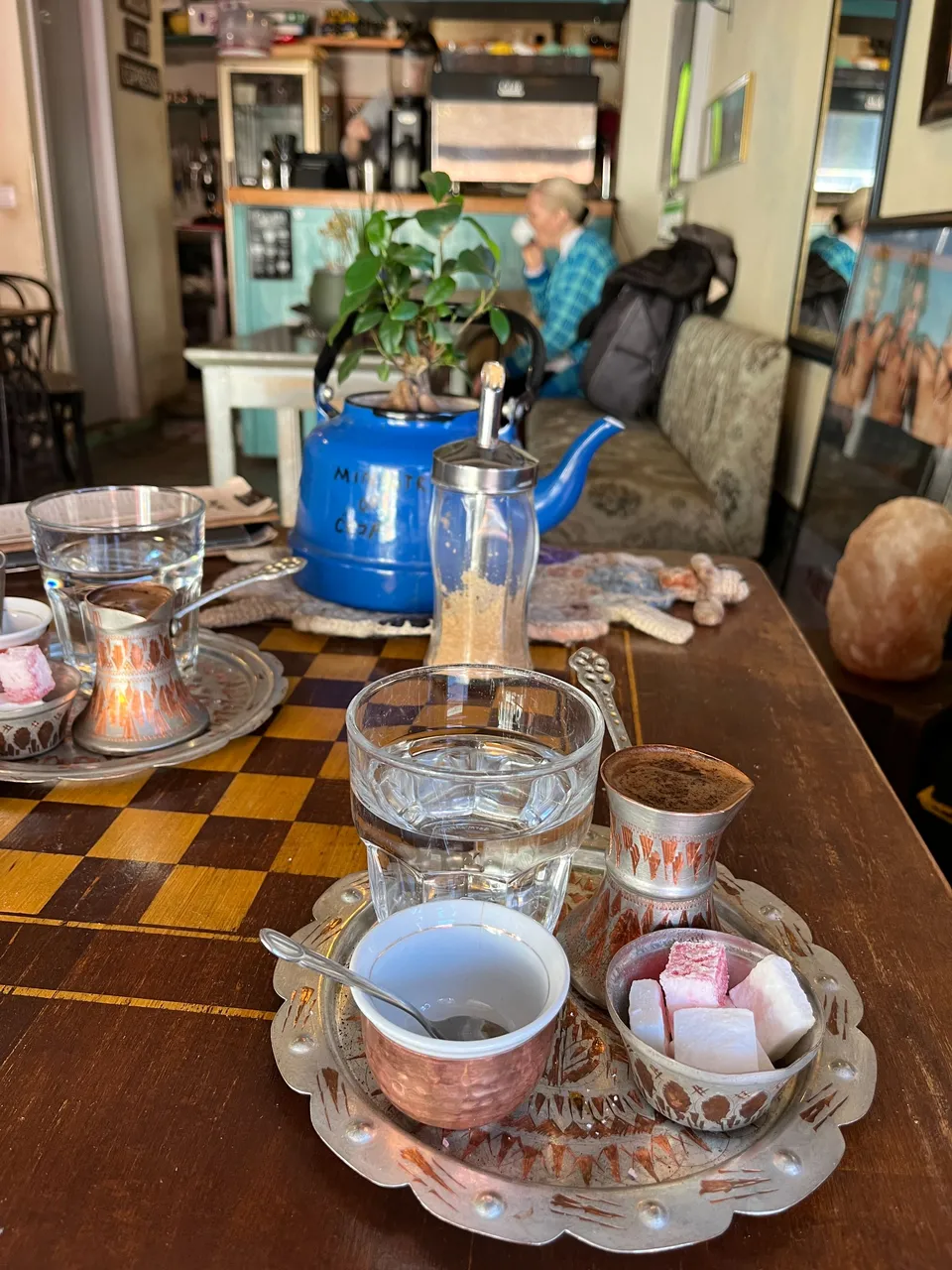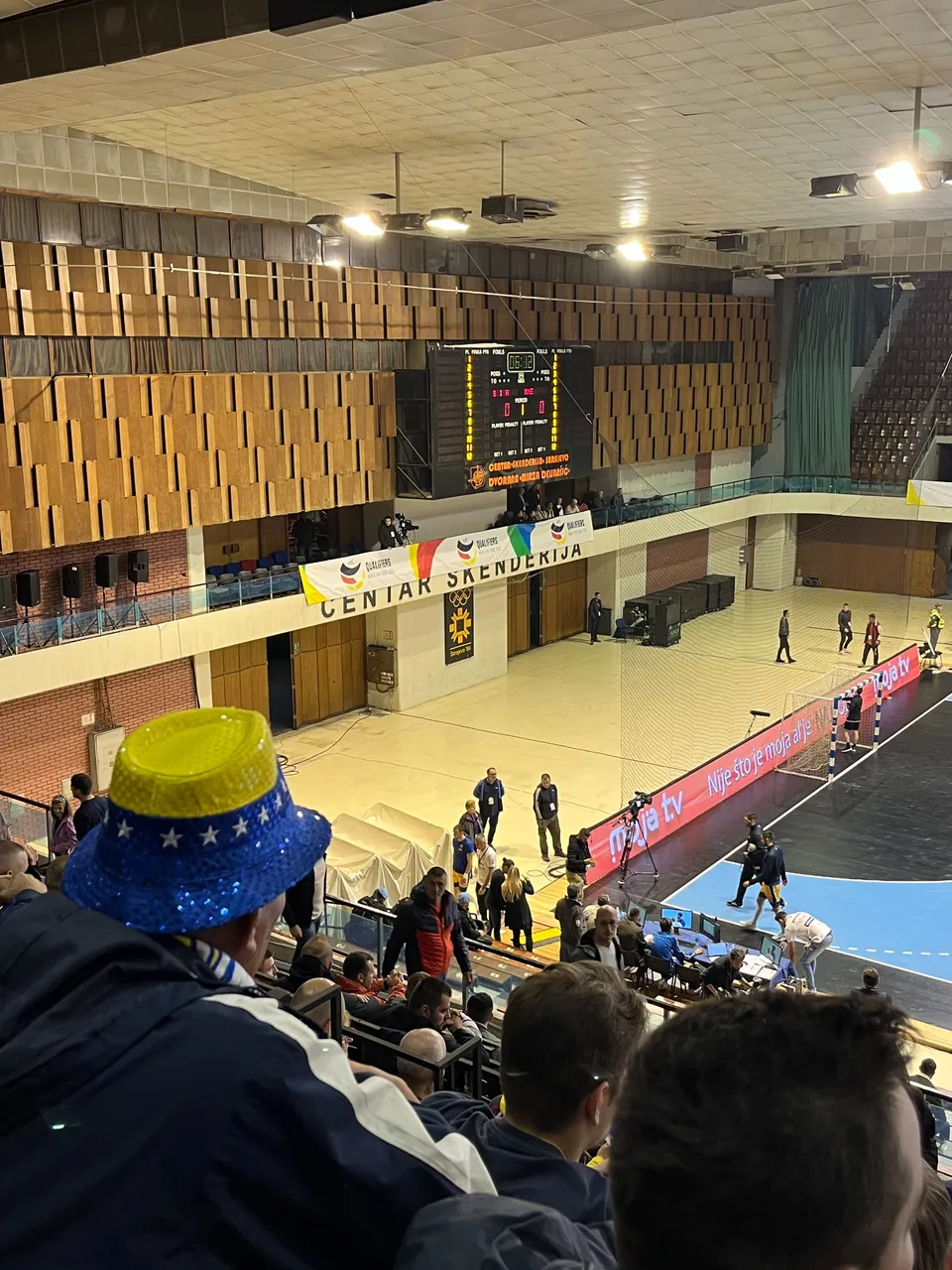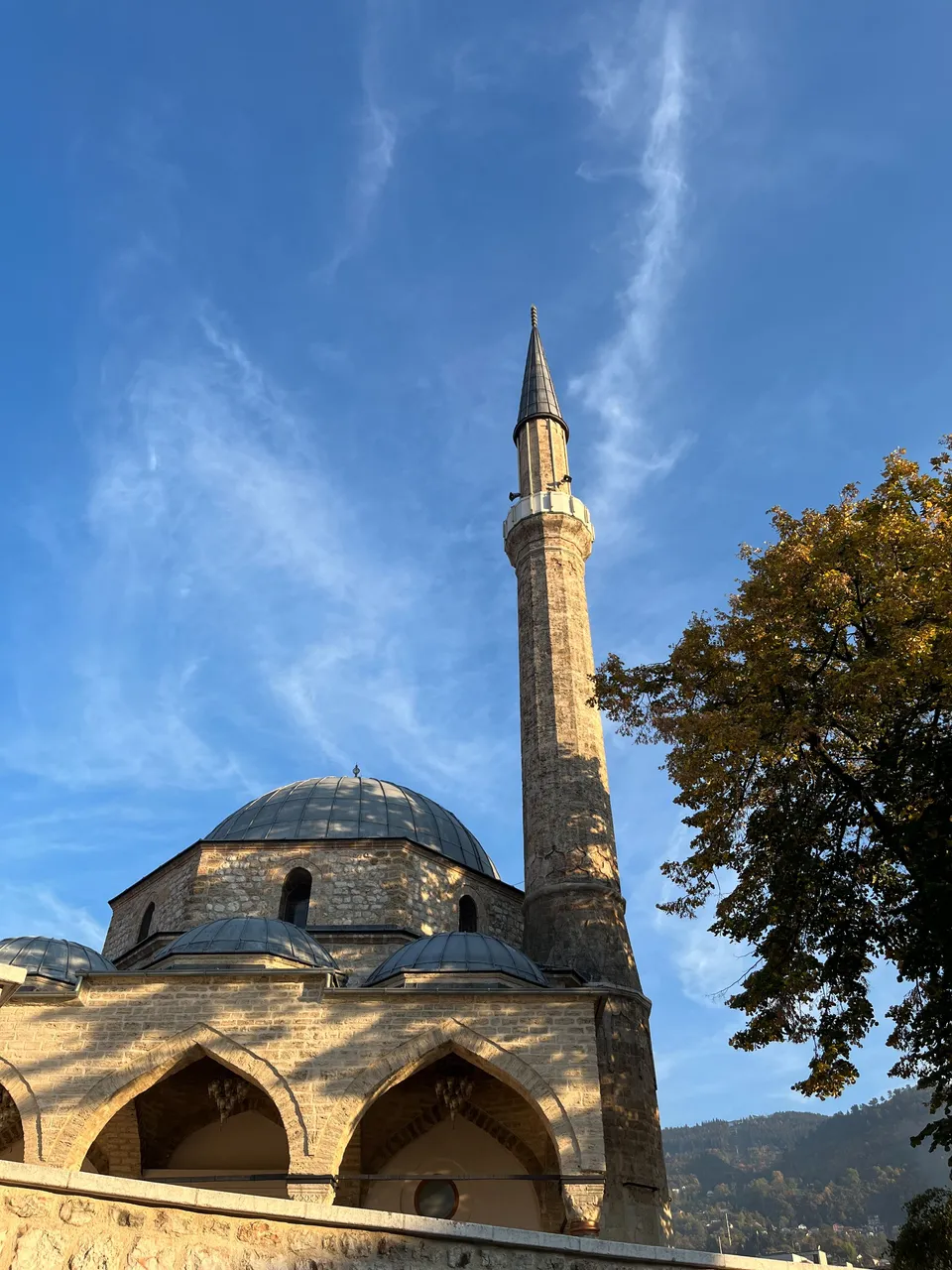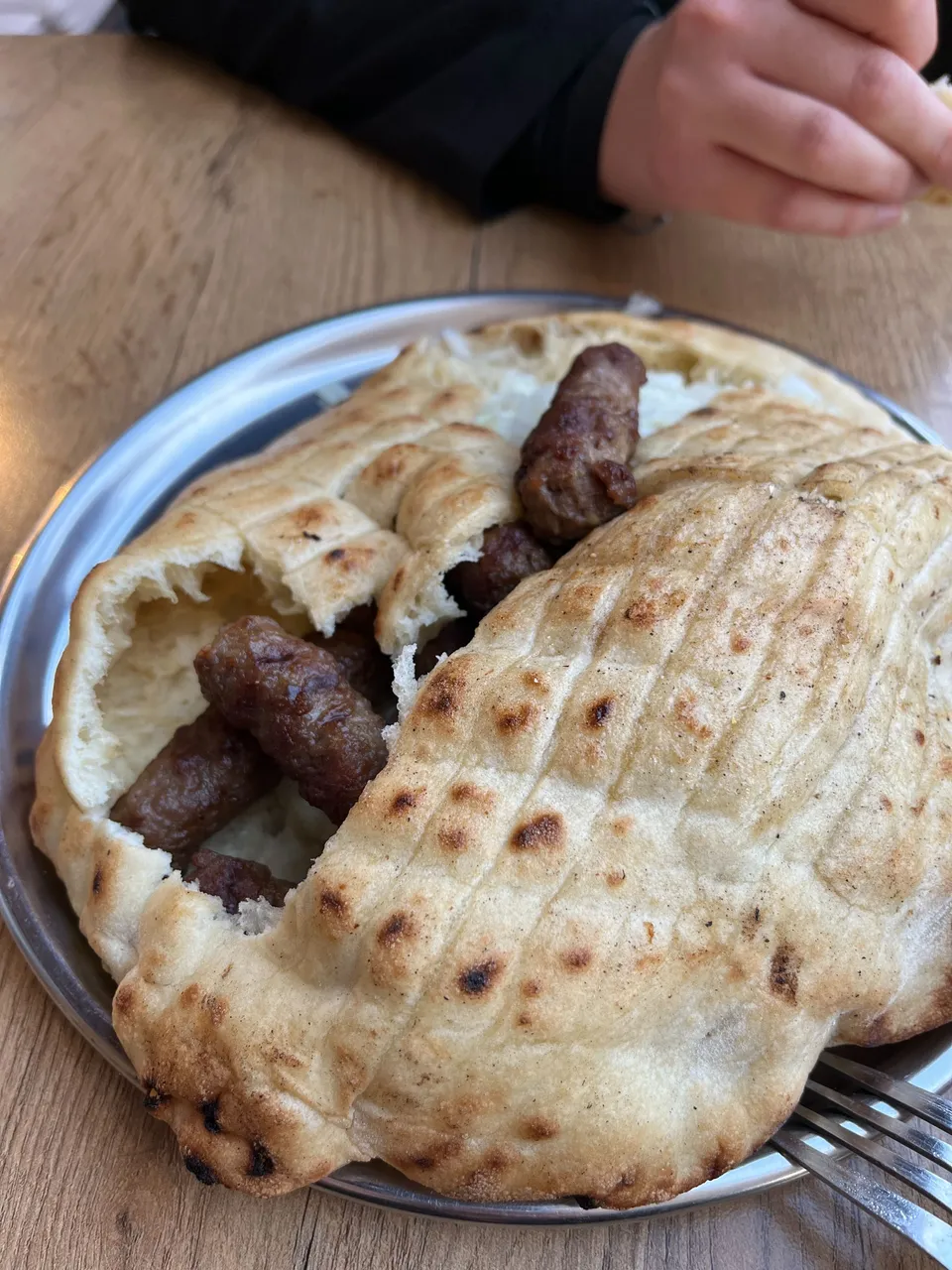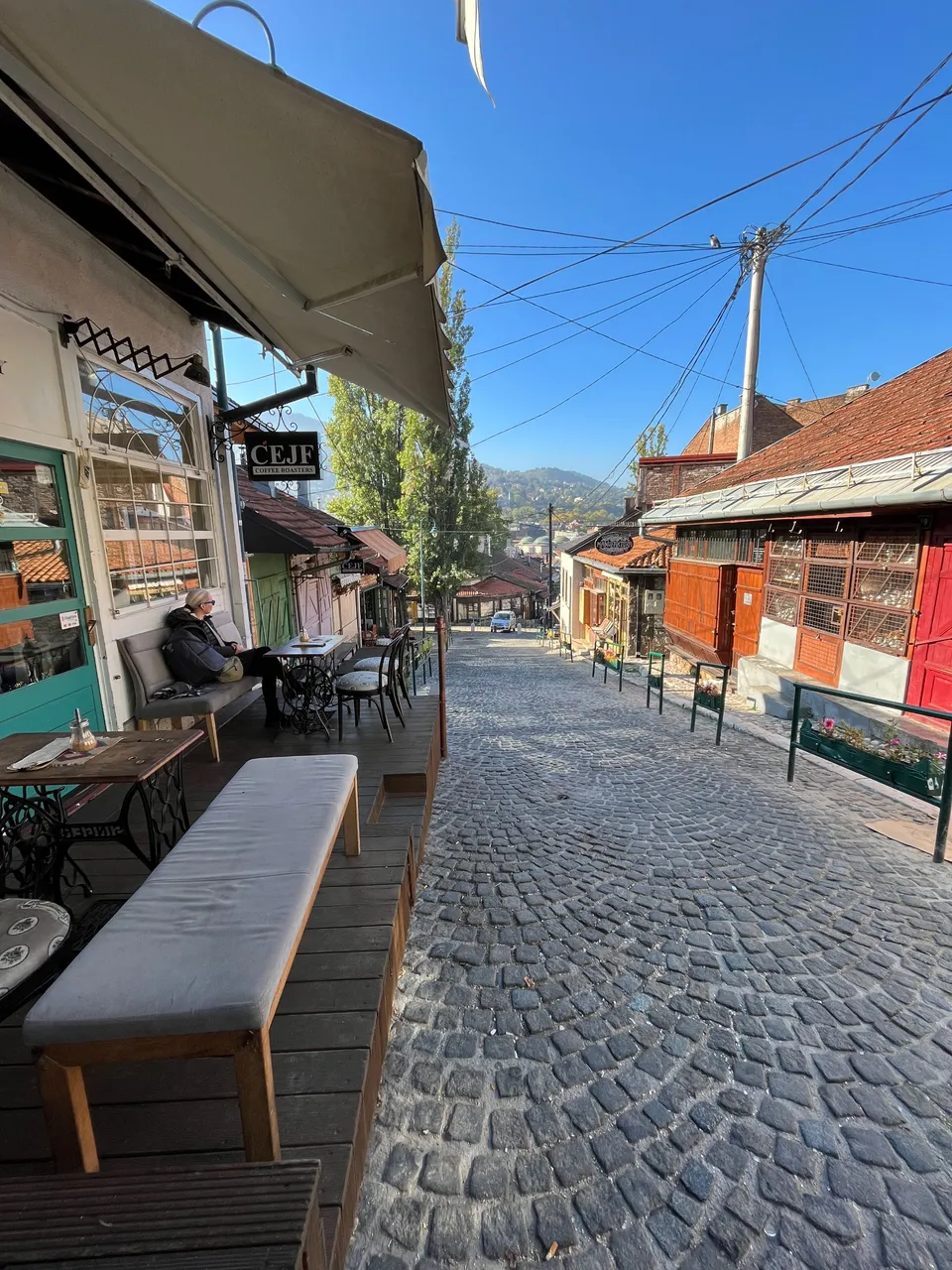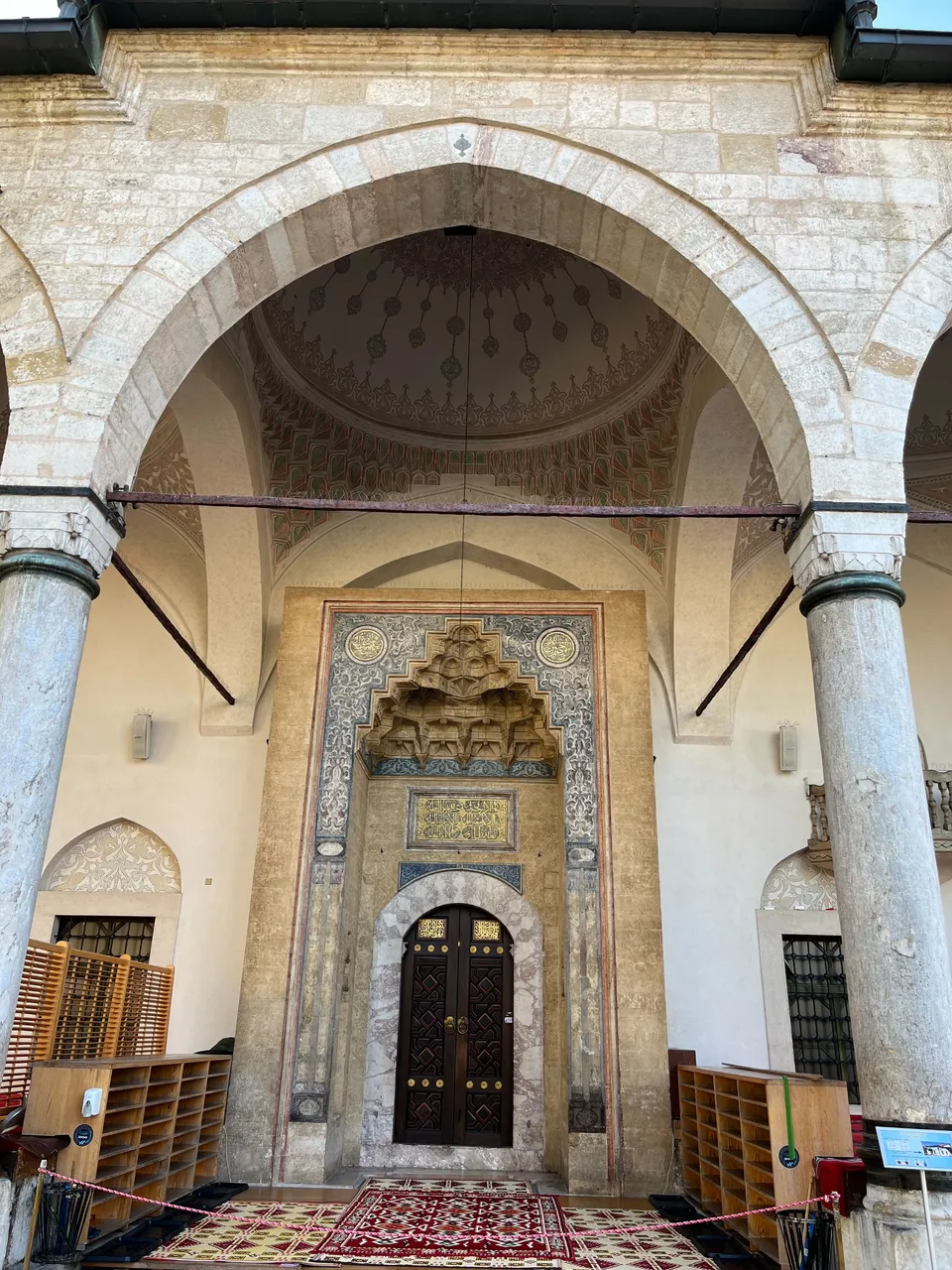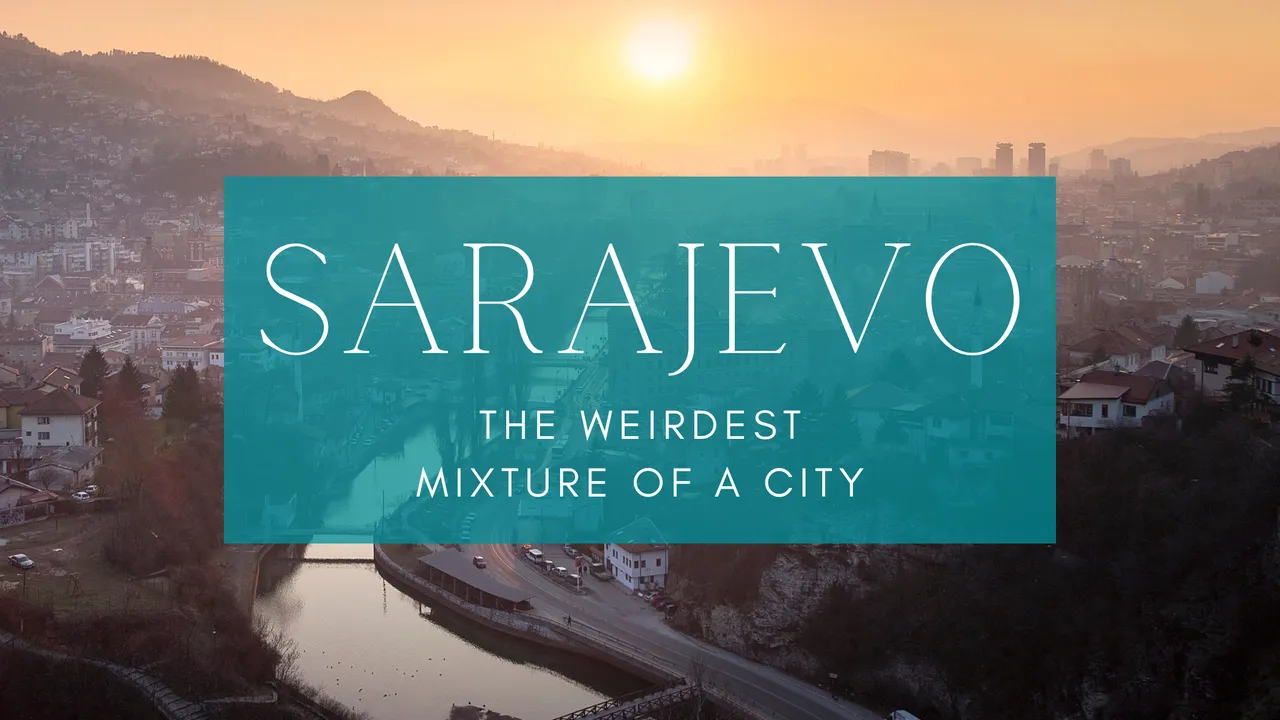
If I were to come up with just one word to describe Sarajevo, the capital of Bosnia & Herzegovina, it would be WEIRD. Seriously. I’ve never seen a city so diverse, so old and modern at the same time, so beautiful and ugly…
To understand at least a little, I feel like we need to learn a little bit about the city’s recent history.
The War in Yugoslavia
If you’re European, you might’ve heard about the war in Yugoslavia in the ’90s. Yugoslavia was a multinational country in the west of the Balkan Peninsula consisting of multiple modern countries. At the beginning of the ’90s, some of the countries started declaring independence. That has obviously led to a war that turned out to be especially cruel in Bosnia. Why is that, you might ask?
Given the central position of Bosnia & Herzegovina within the former Yugoslavia, there has historically been a mixture of cultures. The north & east of the country is mainly inhabited by the Orthodox-Christian Serbs thanks to the proximity of the border with Serbia. The southwest is inhabited by Croats, who have historically been Catholic, and the central area is inhabited by Bosniaks, who are Muslim.
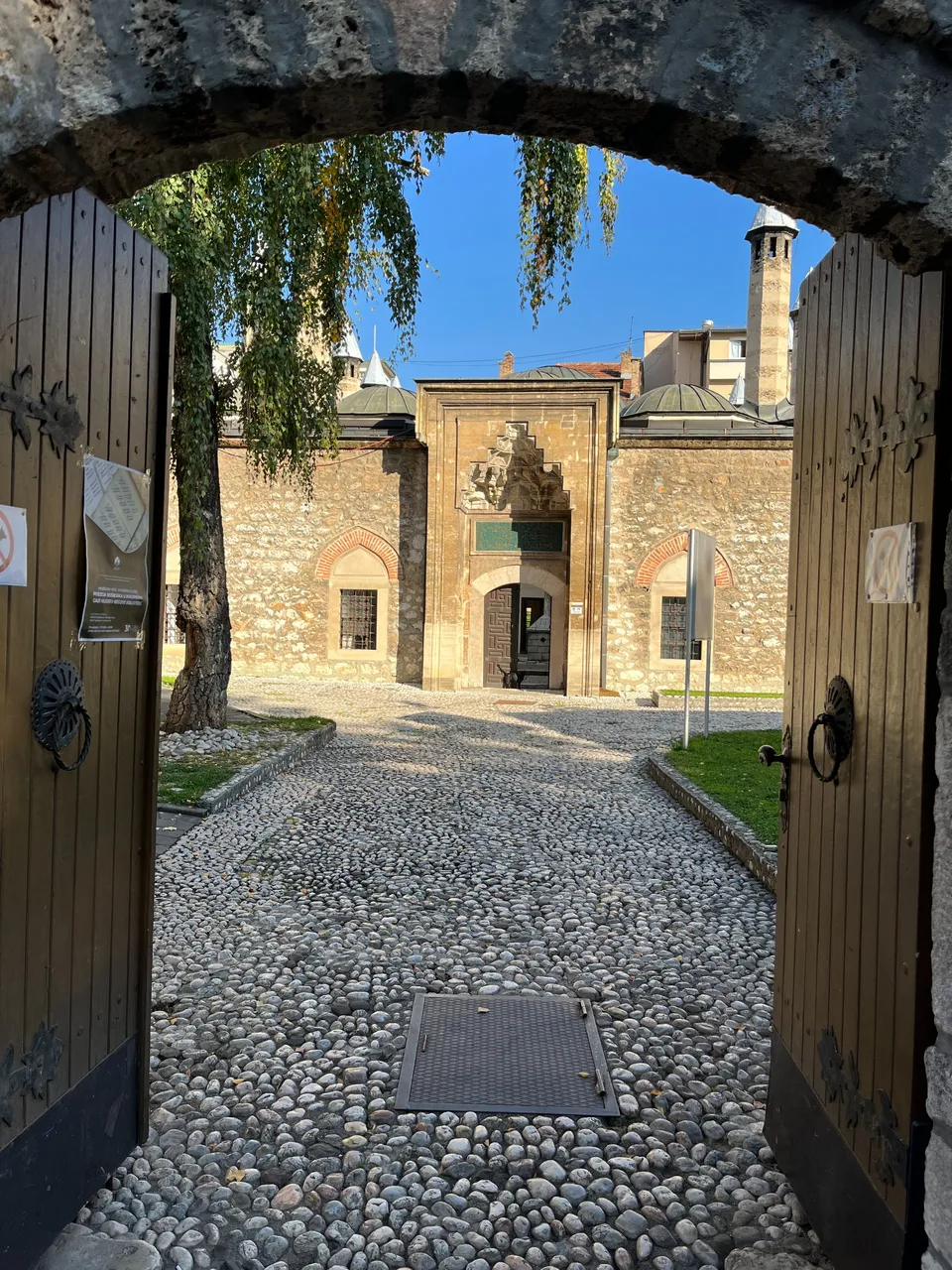
I won’t dive into deep historical facts here as I don’t even have enough knowledge but the most important thing is that Sarajevo was besieged during the war by the forces of the Bosnian-Serb military. The forces surrounded the city completely and camped in the hills that surround Sarajevo, for a total of 1425 days! That makes it over 3 years, which is the longest time in the history of modern warfare. Imagine being in a lockdown for 3 years straight… except they constantly shoot at you. Every single day.
There was barely any food or water, so people would grow their own produce and at the same time hope they won’t be shot down by a sniper in one of the streets called „Sniper alleys“ as they were shelled on a daily basis, killing both military and civilians in the city.
The Aftermath
Traces of the war are still seen in the city. But its history has always been turbulent, especially in the 20th century. World War 1 started there when Franz Ferdinand d’Este was assassinated in Sarajevo; then WW2, when Croat Nazis literally hunted down Jews & Serbs around the town, and then the war.
The city is literally a mixture of everything that happened and it shows everywhere. Pretty much everywhere around the town, you can see this absurd combination of modern, glassy shopping centers with international luxury brands; next to them, there are old houses carrying signs of gunshots and grenades. Next to the typical Austro-Hungarian city house, there is this tiny, Oriental house and a small mosque next to it. You’re in the Balkans, and people speak Slavic languages, but at the same time, the Mezzouins are calling for prayer from a hundred minarets.

Today's Sarajevo
The old town feels like you’re in Turkey. Tiny wooden houses, a lot of smoke from grills in local restaurants, the amazing smell of typical Balkan ćevapi meat being made, and tiny shops with cute oriental souvenirs: coffee pots, colorful lamps, and tiny models of Alladin’s lamp. The surrounding hills give the city a cozy vibe, especially when it’s bathing in the October sun. To think that those hills meant death for Sarajevo’s inhabitants for 3 years straight…
We visit a cute café for a morning coffee. It looks closed though… But then, the owner appears as if it were completely normal to leave in the middle of the day, opens up, and prepares typical Bosnian coffee in a pot. Then we wander the streets and peak in all the corners that we can: a Mosque’s square, an old market, and current markets where we taste some excellent dried meat.
Sarajevo was also the place where the winter Olympics took place in 1984, so we visit one of the stadiums where a handball match is played. The stadium apparently didn’t change a thing since 84, it looks like from the old movies… But is still in great condition, unlike a bobsled track built on a Trebević hill above the old town. Looking down on the city from that place, I begin to understand how easy it must’ve been to shoot people in the city: it is at the palm of your hand.
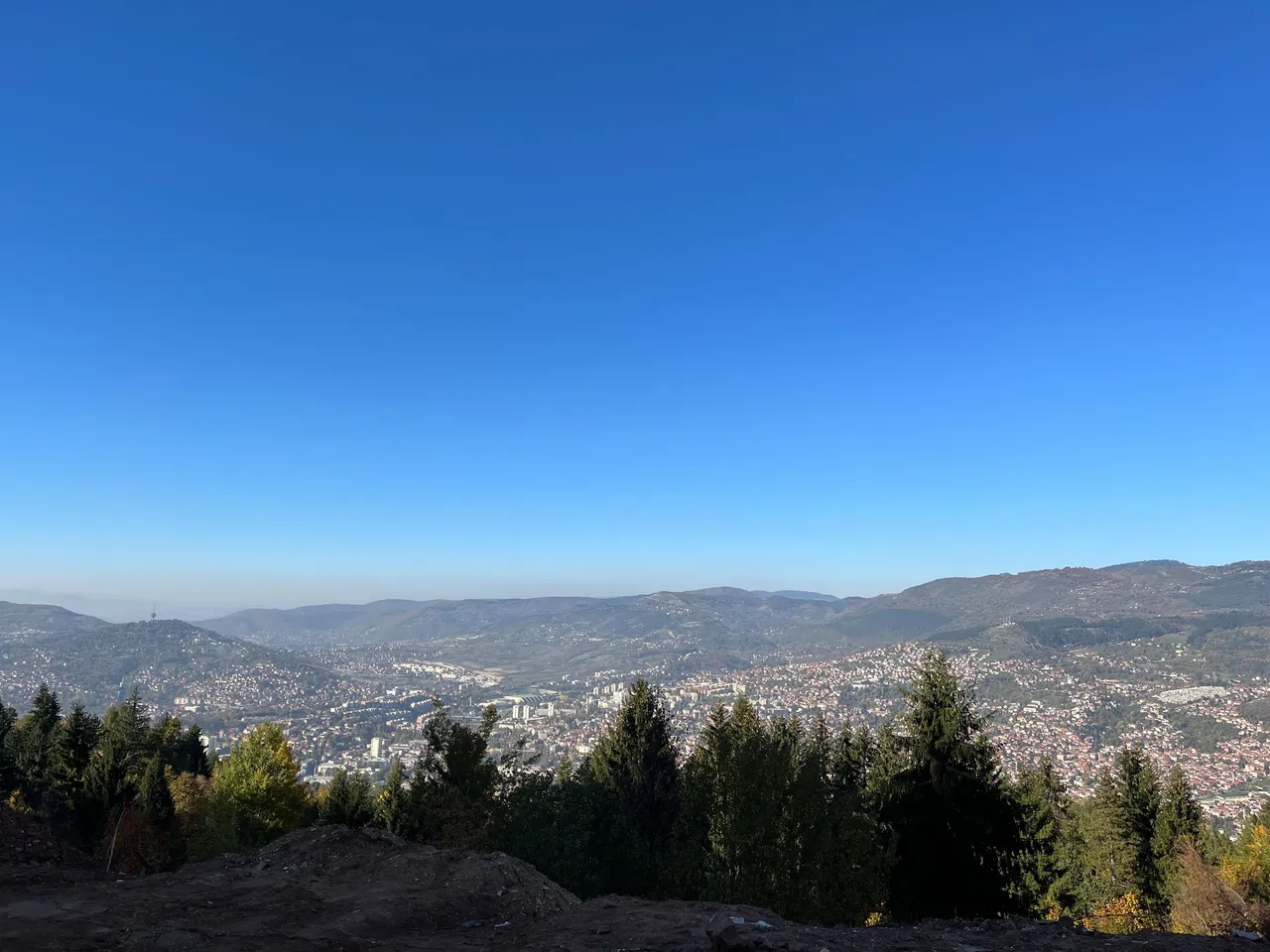
Back in the city, you can see older gentlemen playing chess in the park; a little further, a gentleman makes fresh pomegranate juice. Sweet and tasty. Just a few meters further, you step on red paint spread on the pavement: a Sarajevo Rose. Those are other remainders of the war as locals painted the holes that grenades left in the pavement with red paint. When we enter the Markale market, we spot the remains of one of the shells still in the hole. That’s where the deadliest incidents of the siege happened and we know it. This thing I see with my own eyes might be the one that killed 68 people. It gives me shivers.
We enter the Museum of War Crimes and Genocide. There is a kitten on the staircase but when it runs away and we raise our heads, I am instantly shocked. There is a huge photograph of a half-rotten human arm sticking out of the ground… as a warning of what’s inside the museum. I warn you: it’s brutal. BRUTAL. A lady next to me is sobbing. I feel like I need a shot or I might feel sick. I read through the shocking stories and look at the faces of people that are either dead or live their lives without limbs, eyes, or family members lost during the siege, the genocide of Srebrenica, and other countless incidents on all sides of the conflict. And to think things like this are still happening in some places in the world, and even in Europe…
Although it is sunny, the world just suddenly feels bland, when we step outside. The city is buzzing and I can’t help but observe the older people of the city: those people lived through all the horrors. And somehow their lives go on. And Sarajevo still stands. And hopefully will stand for a long time. Because I need to visit it again.
